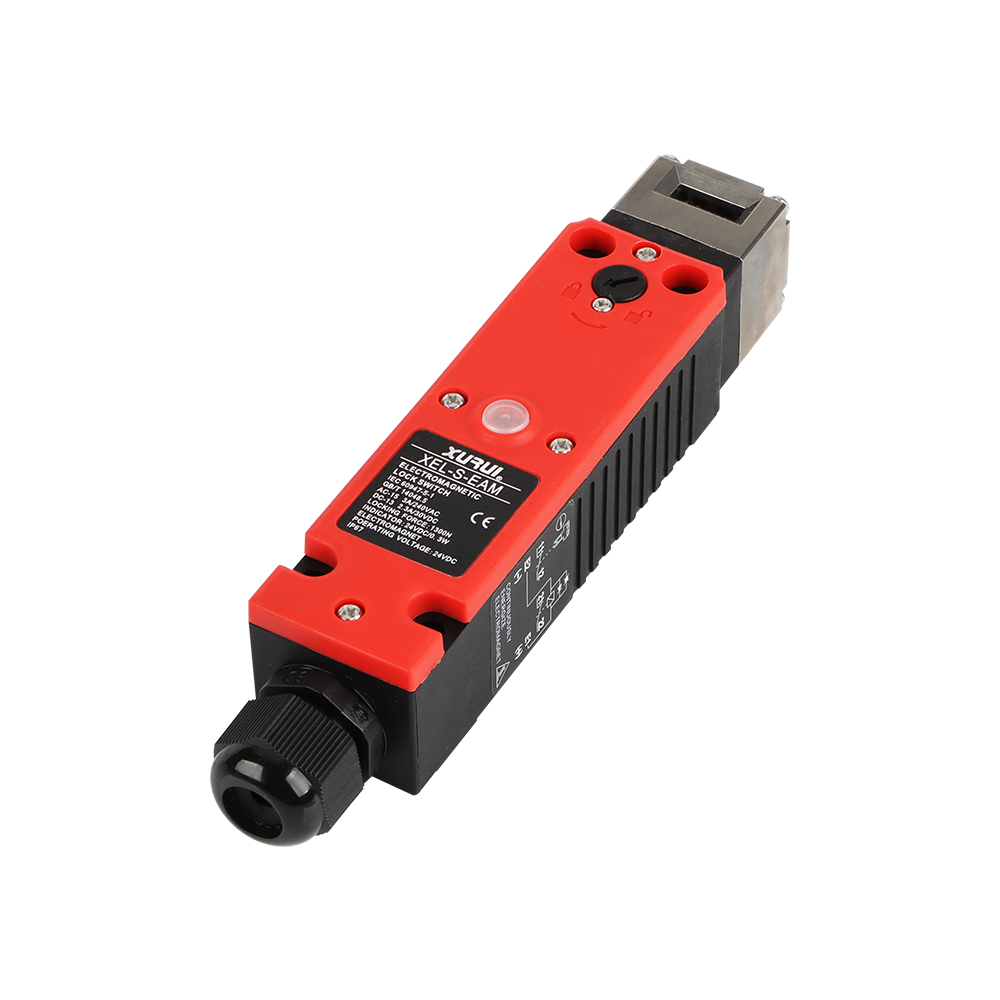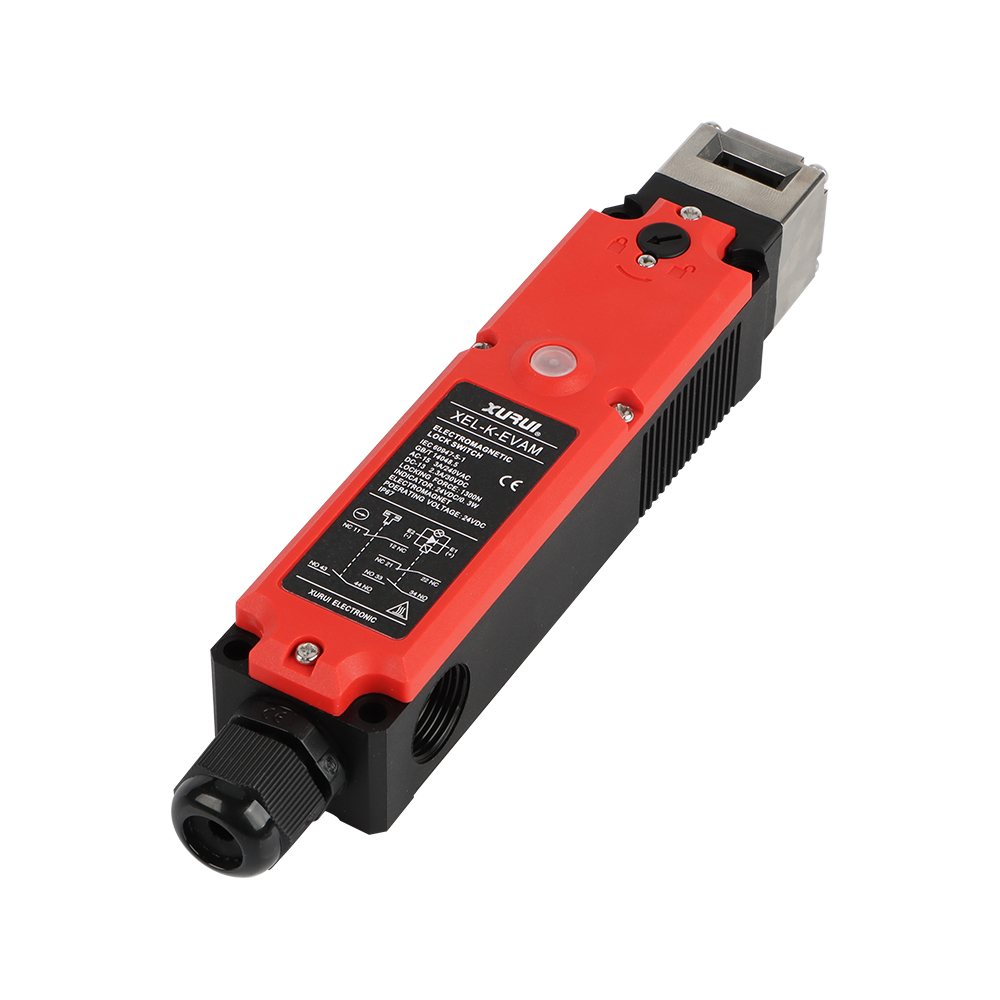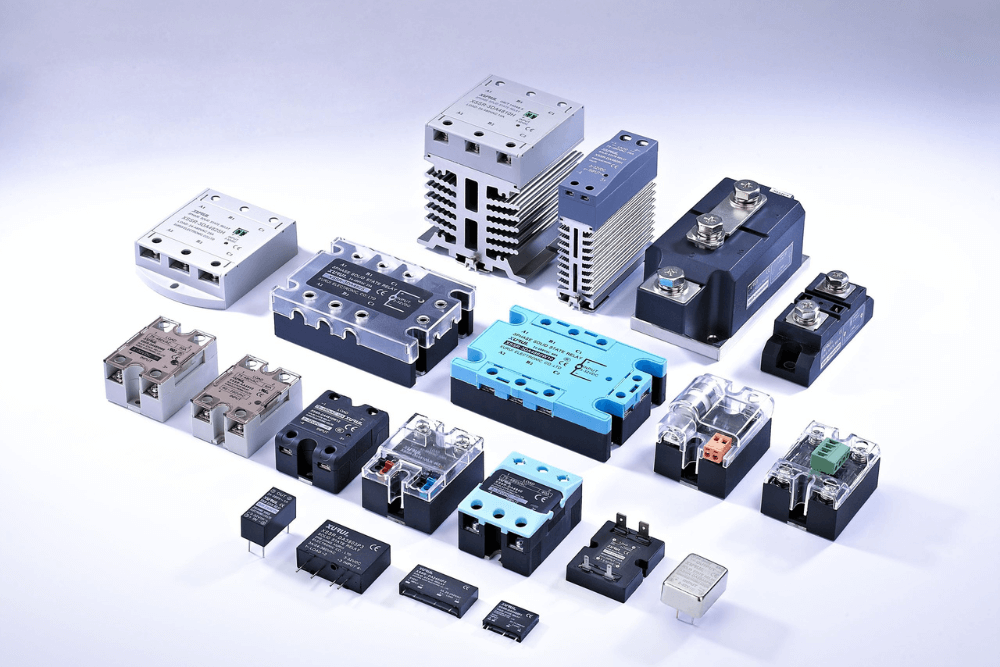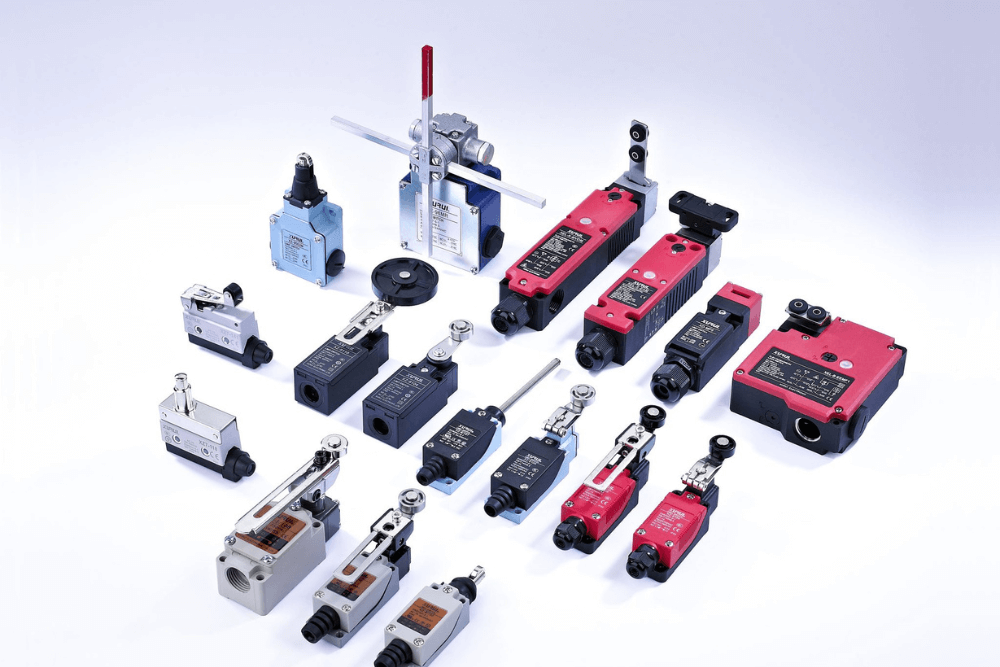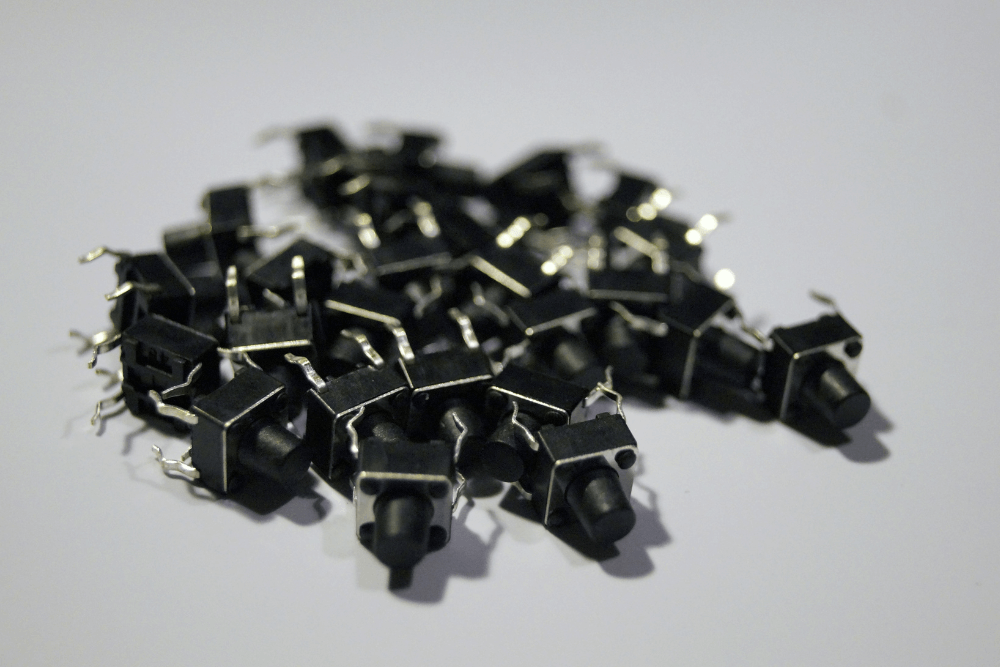文章

Relay和Switch有什么区别?
继电器和开关都控制电流,但它们的工作方式不同。用手作开关来打开或关闭电路。继电器由电信号控制,可以自动打开或关闭电路。这使得继电器对于远程或自动化系统非常有用。以下部分解释了每个工作原理以及何时使用一个而不是另一个。
什么是继电器,它是如何工作的?
为初学者解释中继基础知识
继电器是一种自动开关,可以让小电流控制大得多的电流。这就像点击按钮来拨动重型开关。在内部,它使用线圈、弹簧和触点。当电流流过线圈时,磁场会移动触点,从而打开或关闭设备。继电器非常适合自动化,因为它们不需要手动输入。
继电器如何远程控制电路
继电器可实现远距离控制。来自微控制器或传感器的信号可以激活继电器,然后继电器切换单独的电路。例如,车内的按钮可以激活继电器以打开前灯。这种方法减少了对长而粗的电源线的需求,并通过将高功率侧与用户隔离来增加安全性。
继电器的常见类型及其应用
最常见的类型是使用移动部件的机电继电器 (EMR) 和没有移动部件的固态继电器 (SSR)。EMR 存在于汽车和家用电器中。SSR 用于快速或静音应用,例如恒温器。SPDT 和 DPST 等继电器类型描述了开关路径,并根据系统要求进行选择。
什么时候应该使用继电器?
使用继电器控制具有低功率信号的高功率设备,例如电机、灯或机械。继电器还提供隔离,保护控制电路免受浪涌的影响。它们非常适合由传感器、定时器或微控制器触发的自动化和远程控制。

什么是开关,它是如何工作的?
了解手动开关作
开关是一种基本设备,通过连接或断开金属触点来允许或阻止电流。它是手动作的——翻转、按下或转动它可以控制连接设备(如灯或风扇)的电源。
常见类型的电气开关
开关类型包括拨动开关、翘板开关、按钮开关和旋转开关。每个都有独特的作,但具有相同的目的——开/关控制。SPST 或 DPDT 等术语描述了交换机可以控制多少个电路。对于初学者来说,SPST 是一个简单的起点。
通常使用开关的地方
开关无处不在——家用灯、厨房用具、工具和车辆。在工业环境中,它们用于机器启动/停止控制和安全复位。当手动作可以接受时,它们易于使用且可靠。
传统开关在自动化中的局限性
交换机需要物理交互。它们不支持自动化或远程系统。传统开关缺乏逻辑,无法响应定时器或传感器,因此不适合智能或基于物联网的应用。
继电器和开关之间的主要区别
作方法:手动与电气控制
开关需要直接手动作。继电器通过电信号运行,使其成为自动化或远程控制系统的理想选择。
内部结构和接触行为
开关使用直接机械接触。继电器涉及线圈和磁性作用来移动触点。这使得继电器无需物理输入即可运行。
电压和电流处理能力
交换机可处理中小负载。继电器更适合高压或大电流负载,并且可以安全地将低压控制与大功率设备桥接。
用于自动化和远程控制
继电器支持自动化系统,包括智能家居、车辆和工业机器。开关仅限于手动使用,并且缺乏与传感器或控制器的集成。
安装和接线复杂性
开关接线简单,只需连接电源和负载即可。继电器需要更多连接:控制侧和负载侧,有时包括驱动电路。这使得继电器对于初学者来说更加复杂。
随着时间的推移,安全性、耐用性和可靠性
继电器在高压系统中提供隔离和安全性。机械继电器会随着时间的推移而磨损;固态继电器的使用寿命更长,但成本更高。开关在简单的设置中经久耐用,但不太适合自动控制。
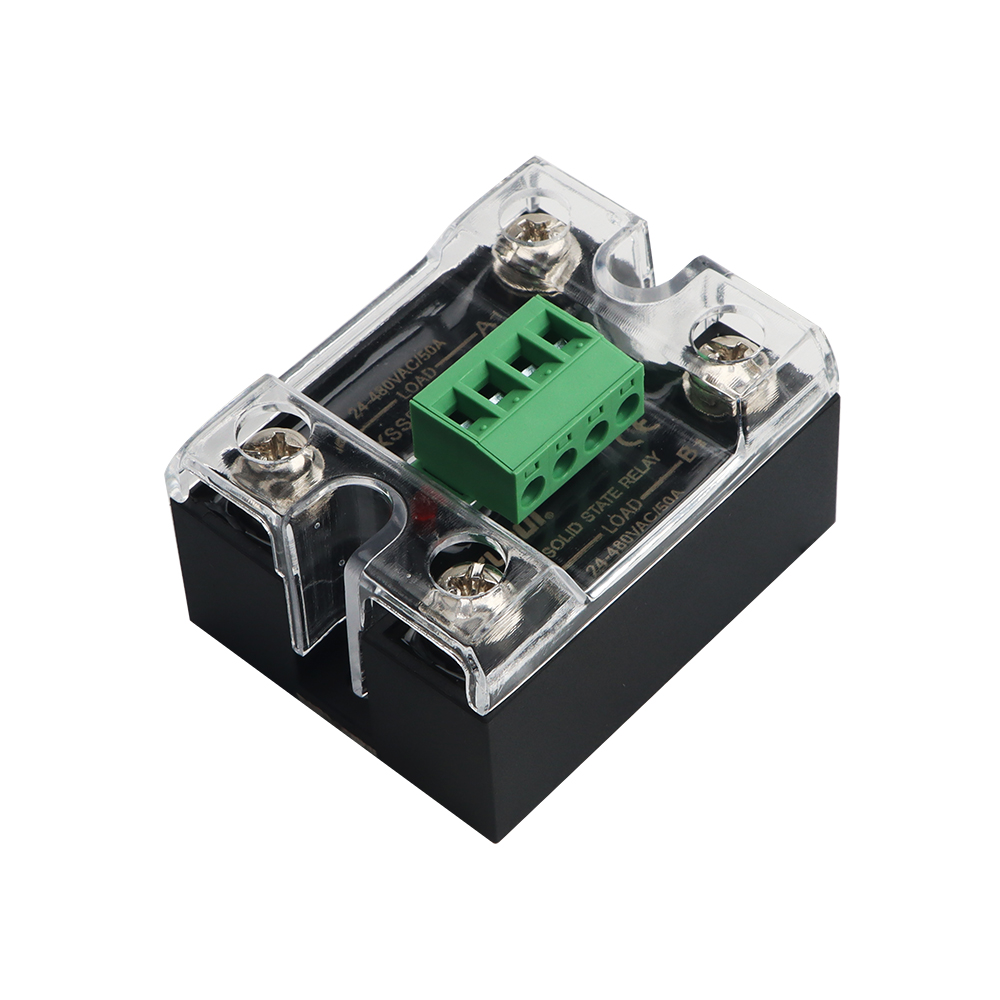
如何在继电器和开关之间进行选择
根据您的项目或系统要问的问题
您想要手动控制还是自动控制?您是否靠近设备或远程控制它?如果您需要自动化或安全,请使用继电器。对于动手使用,开关效果很好。
匹配负载规格:电压、电流和频率
检查设备的电源需求。继电器更适合高负载或 AC/DC 特定任务。始终匹配电压、电流和频率规格以避免故障。
根据应用选择(DIY、工业、汽车等)
开关适用于基本的 DIY 任务。继电器更适合汽车、智能家居或工业控制。它们在复杂系统中提供更多功能和保护。
成本、维护和寿命比较
开关更便宜且易于更换。继电器,尤其是固态继电器,成本更高,但使用寿命更长,并支持要求苛刻的应用。根据任务的严重程度进行选择。
常见问题和要避免的错误
为作业使用错误的组件
混淆继电器和开关可能会导致故障。在选择之前了解作业是否需要手动控制(开关)或自动控制(继电器)。
电压或负载额定值不匹配
未能检查额定值可能会损坏组件。始终验证继电器或开关是否符合电路的电压和电流需求。
误解 NO/NC 术语
“常开”(NO)和“常闭”(NC)是指继电器未通电时的默认状态。误解这一点可能会导致意外行为。
接线和控制电路问题不当
接线错误可能会阻止作或导致短路。始终遵循图表、标签连接以及分别测试控制侧和负载侧。
在直流电路中使用交流继电器(反之亦然)
交流和直流继电器不可互换。使用错误的类型可能会导致触点卡住或出现故障。确保选择适合您的功率类型的额定继电器。
继电器与开关:现实世界的例子
汽车照明控制:为什么继电器效果最好
继电器减少了汽车中对长而粗的布线的需求。车内的一根小控制线可以通过电池附近的继电器激活灯光,提高安全性和效率。
家用电灯开关与智能继电器模块
手动开关适合基本用途。对于智能控制(调度、远程访问),交换机后面的继电器模块无需更改现有布线即可实现自动化。
工业电机启动应用
继电器可以安全地处理大型电机。一个小型控制器激活继电器,为电机供电。这种设置减少了控制面板的负载并与安全系统集成。
微控制器项目:用于安全开关的继电器模块
在 Arduino 或 Raspberry Pi 项目中,继电器允许低压板控制风扇或灯等大功率设备。这可以防止损坏并增加隔离以确保安全。
结论
继电器通过电信号自动工作,而开关需要手动控制。选择开关来执行简单的任务,在需要自动化、远程访问或安全处理更高功率时选择继电器。
